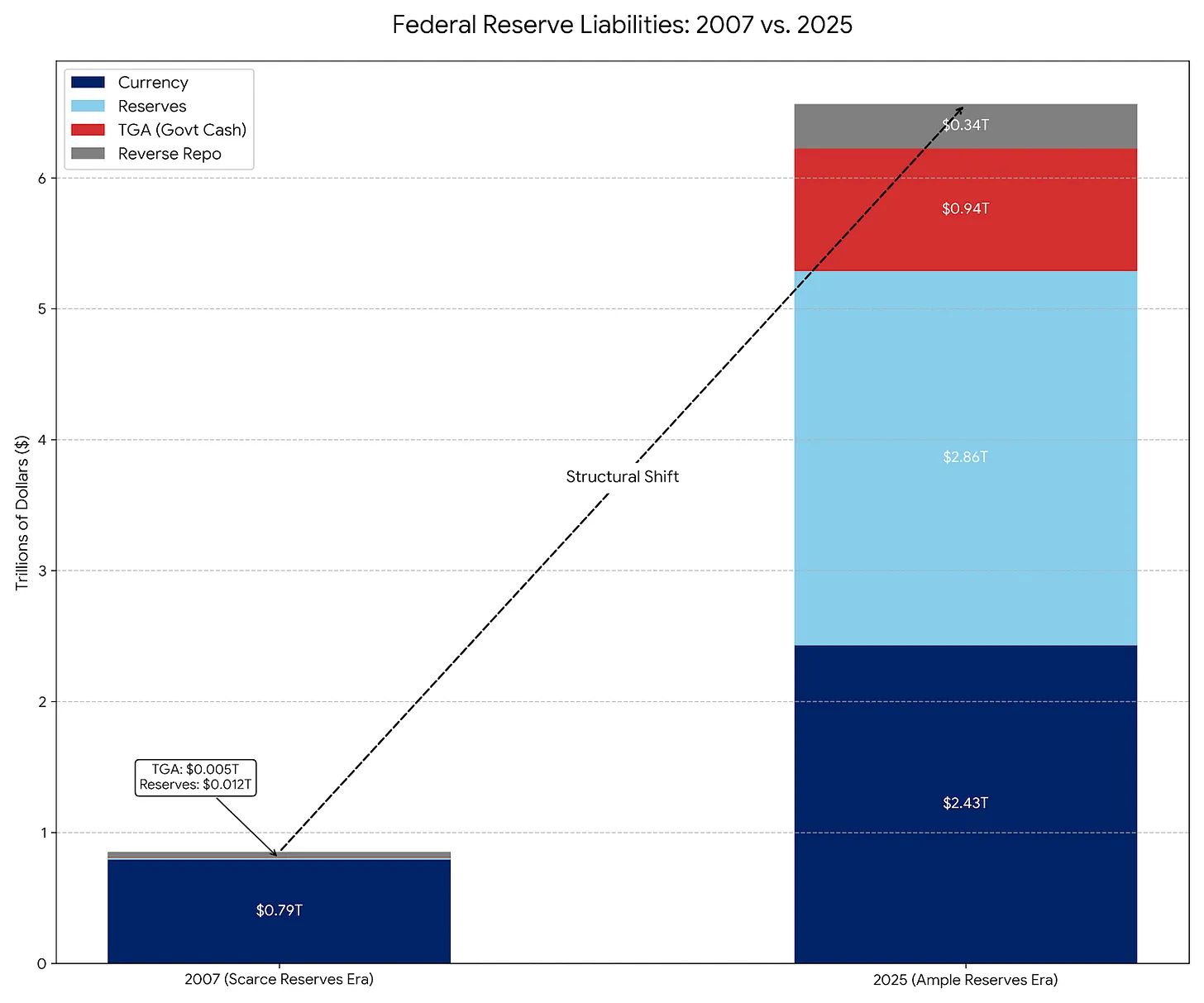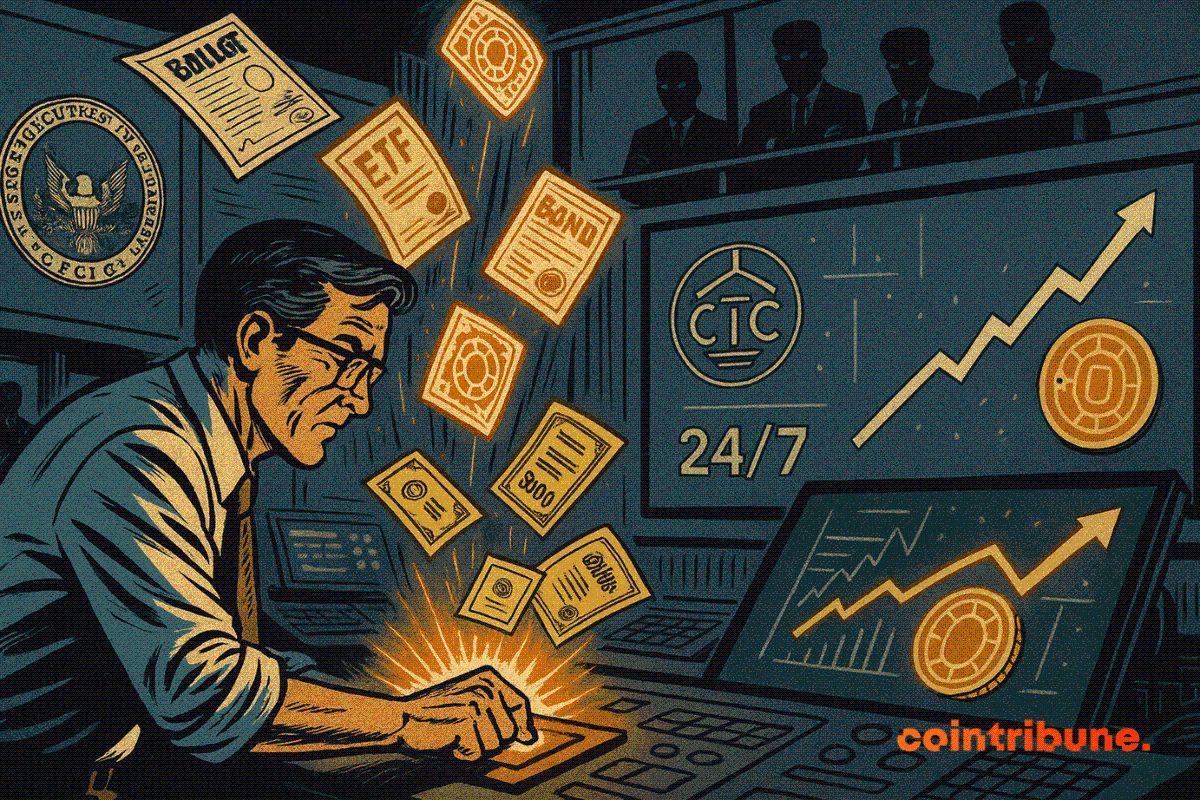XRP's Governance Stability and Its Implications for Long-Term Investment
- Ripple CTO David Schwartz clarifies XRP Ledger's governance aligns with universal blockchain norms, addressing centralization concerns. - Escrow mechanism's monthly XRP releases reduce volatility, enhancing predictability for long-term investors. - Trustlines enable institutions to transact without holding XRP, expanding its utility in cross-border payments and enterprise finance. - SEC's 2025 non-security ruling and potential ETF approvals boost institutional confidence in XRP's regulatory stability. -
In the ever-evolving landscape of blockchain technology, governance models remain a critical factor for investors assessing long-term value. Ripple’s XRP Ledger (XRPL) has long faced scrutiny over its centralized governance structure, particularly due to Ripple’s ownership of 42% of the XRP supply. However, recent clarifications by Ripple CTO David Schwartz have reshaped the narrative, offering a nuanced perspective on governance stability and its implications for risk mitigation. This article examines how Schwartz’s public statements on fork mechanics, escrow mechanisms, and institutional adoption address key concerns, positioning XRP as a compelling long-term investment.
Fork Mechanics and Market Consolidation: A Universal Challenge
Schwartz’s assertion that all public layer-one blockchains—Bitcoin, Ethereum , and the XRP Ledger—face similar governance challenges is pivotal. Forks, while enabling rule changes, often result in market consolidation, where one chain dominates due to network effects and liquidity [1]. This dynamic undermines the theoretical benefits of forks, such as increased throughput or specialized use cases. By framing XRP’s governance within this universal context, Schwartz neutralizes accusations of centralization while highlighting the inherent risks of majority consensus in any decentralized system [3]. For investors, this clarification reduces the perceived uniqueness of XRP’s risks, aligning its governance model with broader blockchain norms.
Escrow Mechanisms and Supply Control: Mitigating Volatility
A cornerstone of XRP’s governance is Ripple’s escrow mechanism, which releases tokens monthly in fixed increments. Schwartz’s recent confirmation of this schedule—releasing XRP on the first of each month—addresses market speculation about token distribution [2]. This structured approach contrasts with the unpredictable supply dynamics of other cryptocurrencies, offering a predictable framework for investors. By controlling the supply release, Ripple mitigates volatility, a critical factor for long-term holders wary of short-term price swings [2]. The escrow mechanism also reinforces trust in XRP’s utility as a bridge asset, particularly in cross-border payments, where stability is paramount [4].
Institutional Adoption and Trustlines: Expanding Utility
Schwartz’s emphasis on trustlines—a feature allowing institutions to transact without holding XRP beyond transaction fees—underscores the ledger’s adaptability to enterprise use cases [4]. This innovation aligns with the original 2004 vision for the XRP Ledger, demonstrating its evolution into a robust infrastructure for institutional finance. By reducing reliance on XRP as a reserve asset, trustlines lower barriers to adoption, particularly for entities hesitant to hold large crypto balances. This expansion of utility not only drives demand for XRP but also diversifies its value proposition beyond speculative trading [5].
Regulatory Clarity and Market Sentiment
The SEC’s August 2025 ruling classifying XRP as a non-security in secondary markets has further stabilized the investment landscape [1]. This regulatory clarity, combined with potential XRP ETF approvals by October 2025, could attract billions in institutional capital. Community sentiment, meanwhile, reflects a mix of cautious optimism and strategic repositioning, with investors leveraging yield-generating assets during periods of price lulls [2]. Schwartz’s public engagement—ranging from cryptic price hints to infrastructure updates—has amplified this sentiment, fostering a narrative of XRP’s transition from speculative asset to infrastructure-grade tool [5].
Risk Assessment and Strategic Considerations
While XRP’s governance model presents compelling advantages, investors must remain cognizant of market volatility and ongoing decentralization debates. The controlled supply and escrow mechanism reduce short-term risks, but long-term success hinges on sustained institutional adoption and regulatory stability. Key price levels and on-chain metrics should be monitored to gauge market sentiment shifts [3].
Conclusion
David Schwartz’s clarifications have recalibrated the discourse around XRP’s governance, emphasizing its alignment with universal blockchain principles while addressing unique risks. By stabilizing supply dynamics, expanding institutional utility, and navigating regulatory hurdles, Ripple has fortified XRP’s position as a long-term investment. For investors, the interplay of governance stability, market consolidation, and institutional adoption offers a compelling case for XRP’s enduring value.
**Source:[1] Ripple CTO Refutes XRP Centralization Claims, Highlights Blockchain Governance, [2] XRP News Today: Ripple Clarifies XRP Escrow Release Timing, Market Scrutiny, [3] Ripple CTO Teases Big XRP Community Update for Next Week, [4] Ripple CTO Says Institutions Can Move Value Without XRP or Any Crypto Asset on XRPL, [5] Ripple CTO Issues Expert Reaction Amid Fed-Driven Market Rally
Disclaimer: The content of this article solely reflects the author's opinion and does not represent the platform in any capacity. This article is not intended to serve as a reference for making investment decisions.
You may also like
Crypto 2026 in the Eyes of a16z: These 17 Trends Will Reshape the Industry
Seventeen insights about the future summarized by several partners at a16z.
The Federal Reserve's $40 billion purchase of U.S. Treasuries is not the same as quantitative easing.
Why is RMP not equivalent to QE?

Tokenization of U.S. Assets: DTCC Gets Regulatory Green Light
